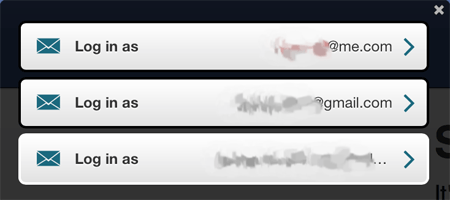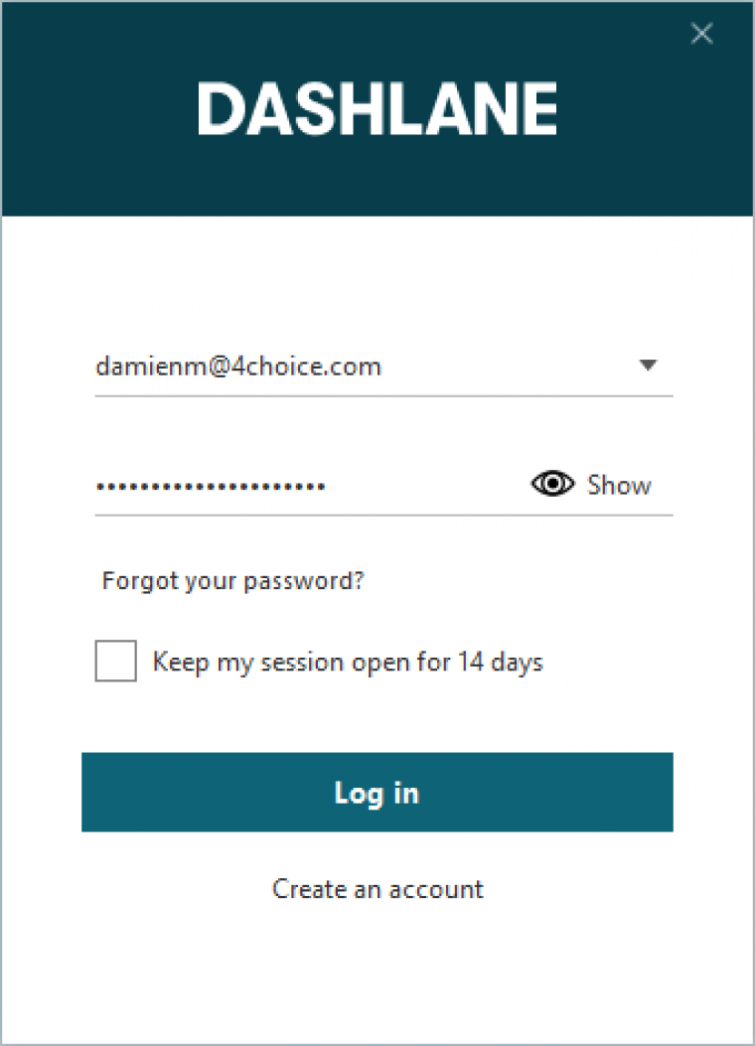

So how do you support the companies you love? I would say you have you decide what is right for your threat model. Or I could call up the airline myself and get that information through customer support by pretending to be the target on the call. RT: If someone tweets at an airline frustrated that they’ve lost their luggage, I could create a social engineering pretext pretending to be from that airline requesting more details about their luggage, which sends them to a malicious lookalike site to harvest credentials, address, and more. Say you want to request support or show support of a brand by tagging a company on Twitter or leaving a Google review. That is why I recommend that organizations move away from KBA and toward multifactor authentication (MFA) rather than other methods of identity verification, such as “voice authentication software.”įor more information on Dashlane, check out our business page or get started with a trial.
#Dashlane master password reset software
For instance, if a bank uses date of birth, current address, last four digits of SSN, and “voice authentication” software to confirm that someone calling into customer support is the owner of the account, an attacker will be motivated to thwart that voice authentication software because the other knowledge-based authentication (KBA) questions are easy to find the answers to online, or in breaches.
#Dashlane master password reset verification
Now for those with an elevated threat model-specifically those in roles at work whose job it is to wire money or make admin-level changes on accounts-you will want to be on the lookout for advanced social engineering tactics that attempt to circumvent identity verification protocols.

It’s essential to leverage verified and trusted news sources on social media to avoid the consequences of manipulated media. The most likely way that manipulated media will affect the average person of a lower threat model is through disinformation on social media. We’ll get to elevated threat models next.įor those with a lower threat model-meaning those who are not in the public eye and don’t have an elevated threat model role at work-this isn’t an everyday concern. Most folks won’t encounter phishing with deepfakes and voice-changing technology, but those with elevated threat models (such as executives, celebrities, politicians, journalists, activists, those with admin access in support) have to prepare to verify identity to avoid falling for these tactics. Rachel Tobac: First, threat models have to be discussed when it comes to deepfakes and voice-changing technology. How can companies protect themselves against advanced methods of phishing like deepfakes and voice changers? Should individuals be concerned about this type of tech? Read on for Tobac’s answers so you can get into the mind of a hacker and protect yourself against future cyberattacks.

( See her hack this CNN reporter’s hotel points in real time to get a sense of how she works.)ĭuring Tobac’s recent webinar with Dashlane, attendees had some questions about cybersecurity, like how much should the average consumer worry about getting hacked and what the deal is with deepfakes.

How does she do it? By demonstrating exactly how she would hack into someone’s accounts, using tactics like “vishing” aka voice-elicitation to impersonate others. White-hat hacker and social engineering expert Rachel Tobac is the CEO of SocialProof Security, where she helps businesses and individuals learn to protect themselves against cybersecurity attacks. Social engineering expert and white-hat hacker Rachel Tobac tells us just how cautious we should be online.


 0 kommentar(er)
0 kommentar(er)
